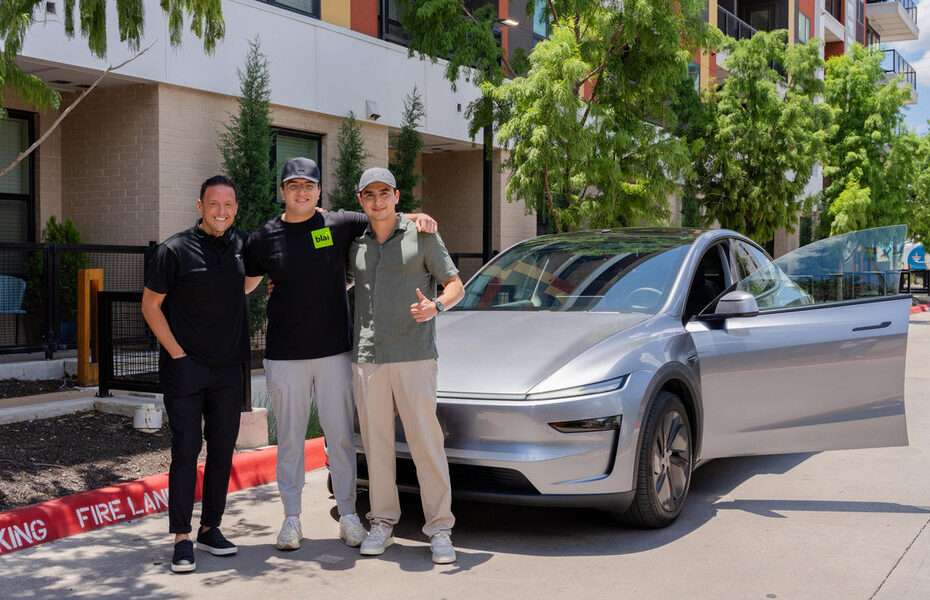In a groundbreaking demonstration that could reshape the automotive industry’s delivery model, Tesla has successfully completed what CEO Elon Musk calls the world’s first fully autonomous vehicle delivery. On June 27, 2025, a Tesla Model Y drove itself approximately 15 miles from the company’s Austin, Texas factory directly to its new owner’s apartment complex, marking an unprecedented achievement in automotive logistics and autonomous vehicle technology.
Journey That Made History
The historic delivery unfolded on a clear, sunny day in Austin, with the Model Y navigating complex urban environments entirely without human intervention. “There were no people in the car at all and no remote operators in control at any point,” Musk emphasized on the social media platform X, underscoring the truly autonomous nature of the journey.
World's first autonomous delivery of a car!
— Tesla (@Tesla) June 28, 2025
This Tesla drove itself from Gigafactory Texas to its new owner's home ~30min away — crossing parking lots, highways & the city to reach its new owner pic.twitter.com/WFSIaEU6Oq
The vehicle successfully traversed multiple challenging driving scenarios during its journey from Tesla’s Gigafactory Texas to the customer’s home. The route included highway driving, navigation through city streets with pedestrians and traffic, complex intersections, and precise parking at the destination. This comprehensive test demonstrated the sophistication of Tesla’s autonomous driving technology under real-world conditions.
What makes this achievement particularly significant is that “this is the first car to ever roll off a production line at a factory and transport itself to a customer for delivery.” This represents a fundamental shift from traditional automotive delivery methods that rely on transport trucks, delivery drivers, and dealership infrastructure.
Technology Behind the Achievement
The Model Y that completed this autonomous delivery was equipped with Tesla’s most advanced robotaxi software, the same technology currently being tested in Tesla’s limited robotaxi service in Austin. This software represents the cutting edge of Tesla’s Full Self-Driving (FSD) capabilities, going beyond the commercially available FSD (Supervised) system that still requires human oversight.
Understanding the distinction between these systems helps clarify the magnitude of this achievement. Current Tesla vehicles sold to consumers, including those with FSD capabilities, still require human supervision and the driver’s readiness to intervene when necessary. The technology used for this delivery demonstration, however, operated at a higher level of autonomy, functioning completely independently of human control throughout the entire journey.
The successful completion of this delivery showcases several key technological capabilities. The vehicle demonstrated advanced perception systems that could identify and respond to pedestrians, other vehicles, traffic signals, and road signs. Its decision-making algorithms proved capable of handling complex driving scenarios in real-time, while its precise navigation systems guided it accurately to the customer’s specific location.
Maybe you like other interesting articles?

